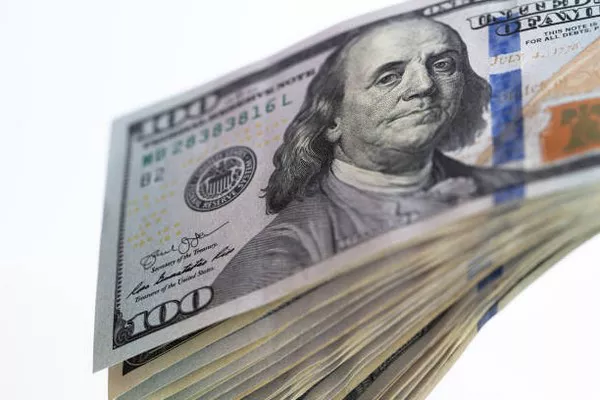On Wednesday, the U.S. dollar staged a modest rebound after experiencing significant declines against the euro and sterling the previous day. Meanwhile, the Japanese yen remained entrenched near 34-year lows, despite heightened intervention warnings from Japanese officials.
The dollar index, a gauge of the currency’s performance against six major peers including the euro, sterling, and yen, edged up by 0.2% to 105.84, after briefly touching its lowest level since April 12 at 105.59. This came after a 0.5% decline on Tuesday, driven by robust European activity data and softer U.S. business growth figures.
The euro retreated by 0.1% to $1.0688, following a 0.4% surge on Tuesday fueled by data indicating a robust expansion in eurozone business activity, particularly in the services sector. Similarly, sterling experienced a minor setback, declining by 0.1% to $1.2431, after posting an 0.8% gain in the previous session, supported by strong data showing accelerated growth in British business activity.
Conversely, U.S. business activity in April cooled to a four-month low due to weaker demand, coupled with easing inflation rates. Market analysts remain cautious about interpreting soft activity surveys as a bearish sign, citing the generally supportive nature of hard data for the dollar.
Looking ahead, market participants anticipate the release of the Fed’s targeted consumer inflation measure, the PCE deflator, on Friday. Currently, there is a 73% probability priced in by markets for the first U.S. rate cut to occur by September, according to the CME’s FedWatch tool.
The dollar index reached a 5-1/2-month peak of 106.51 last week amidst persistent inflation pressures, prompting Fed officials to signal a gradual approach to policy easing.
Meanwhile, the yen approached a new 34-year low against the dollar at 154.98. The currency pair has traded within an extremely narrow range this week, with traders cautious of breaching the 155 mark, which could trigger intervention by Japanese authorities. Japanese Finance Minister Shunichi Suzuki issued a stern warning on potential intervention, emphasizing recent discussions with U.S. and South Korean counterparts.
The Australian dollar advanced by 0.3% to $0.6506, reaching its highest level since April 12 at $0.6530, buoyed by stronger-than-expected consumer price data. The robust data led markets to abandon expectations for near-term rate cuts from the Reserve Bank of Australia.


